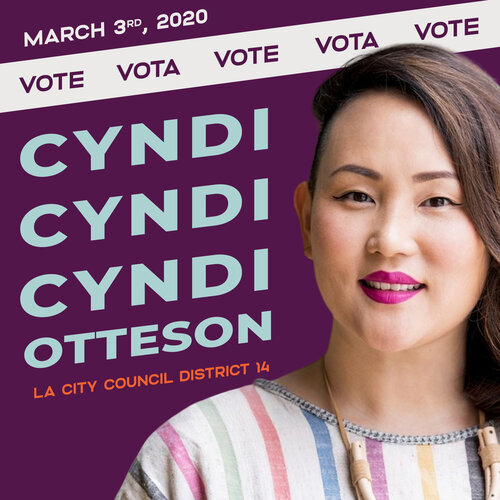Clarifications: Greenville desegregation: Academic achievement gap slowly closing, but inequities persist
Ariel Gilreath offers a strong overview in her Greenville desegregation: Academic achievement gap slowly closing, but inequities persist. A key point in this look at desegregation confronts the disturbing consequences of South Carolina’s libertarian streak:
The public school district in Greenville County became the last major district in South Carolina to integrate in 1970. South Carolina was the second-to-last state in the nation. On Feb. 17, Greenville schools will mark 50 years since the district was integrated.In those 50 years, though policies and tests have changed, the academic achievement gap has persisted, and so has inequity.
Desegregation of schools in SC spurred the growth of private schools (white racists fleeing public schools) and provided the foundation for what would become known as the Corridor of Shame, a label that captures the historical political negligence in the state that has failed black, brown, and poor students in weak economic communities across the state.
Academic achievement, usually test scores, is strongly correlated with socioeconomic statuses of students homes and communities as well as with race (as the article notes, so-called racial minorities tend to be over-represented in poverty, and poverty is a key marker of low test scores).
Three aspects of the article deserve a bit of clarification and resources for CONTINUE READING: Clarifications: Greenville desegregation: Academic achievement gap slowly closing, but inequities persist – radical eyes for equity












